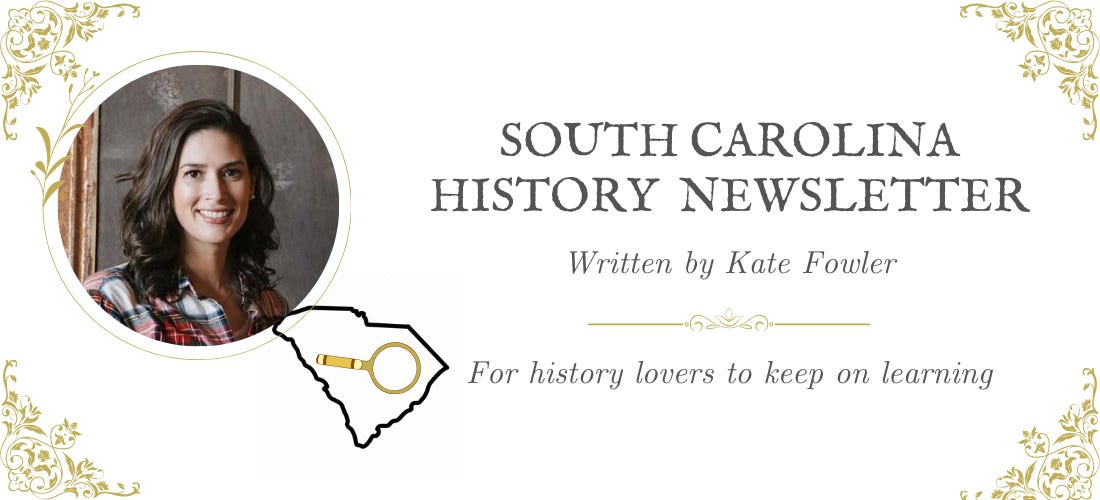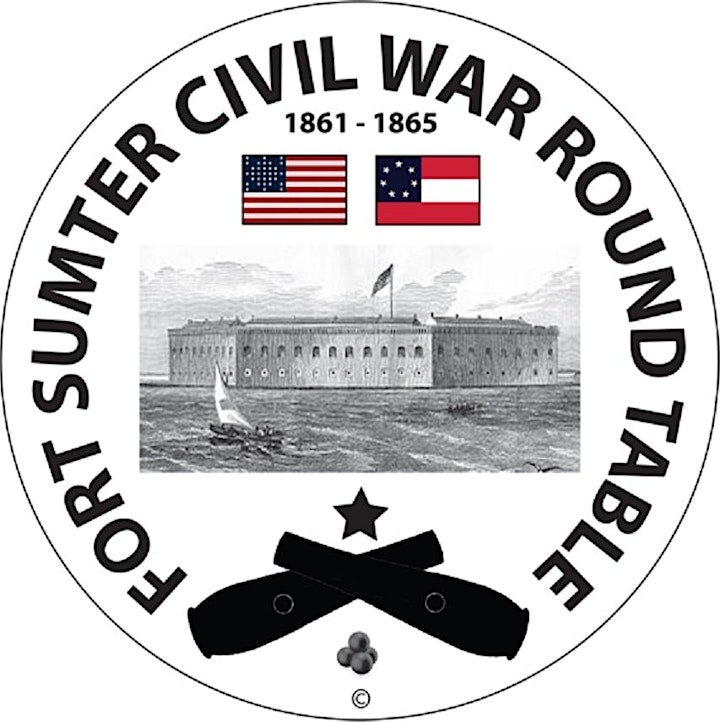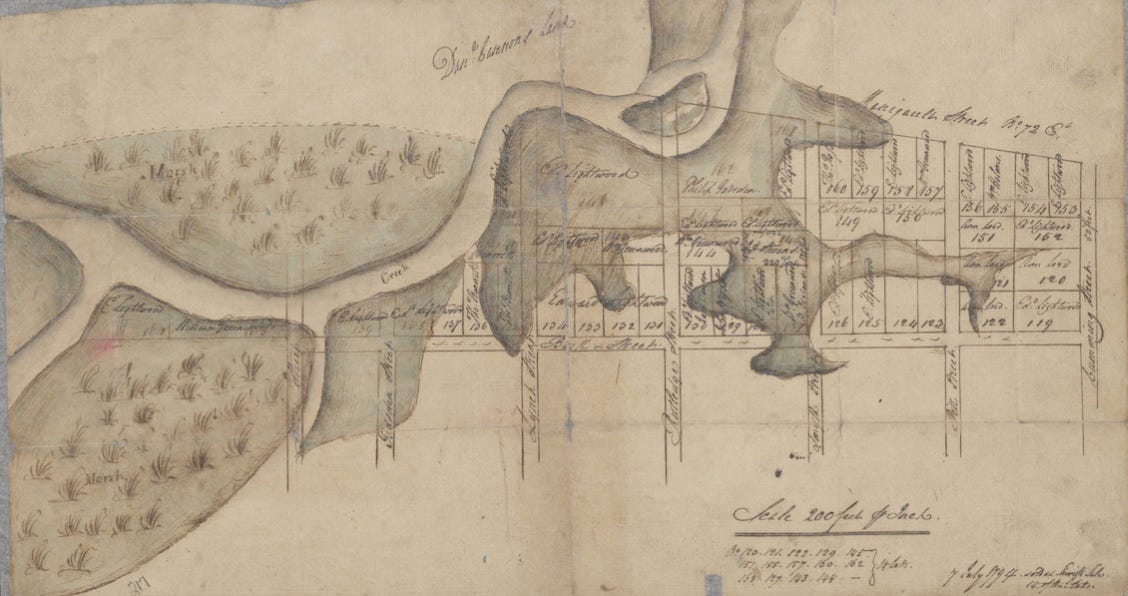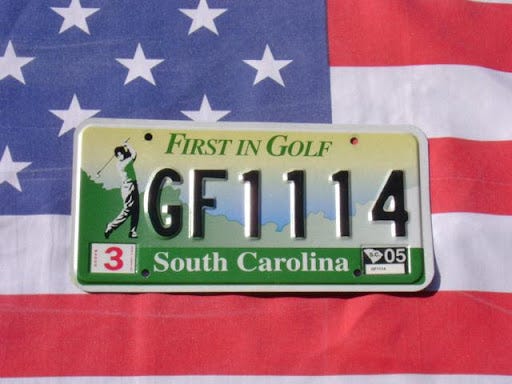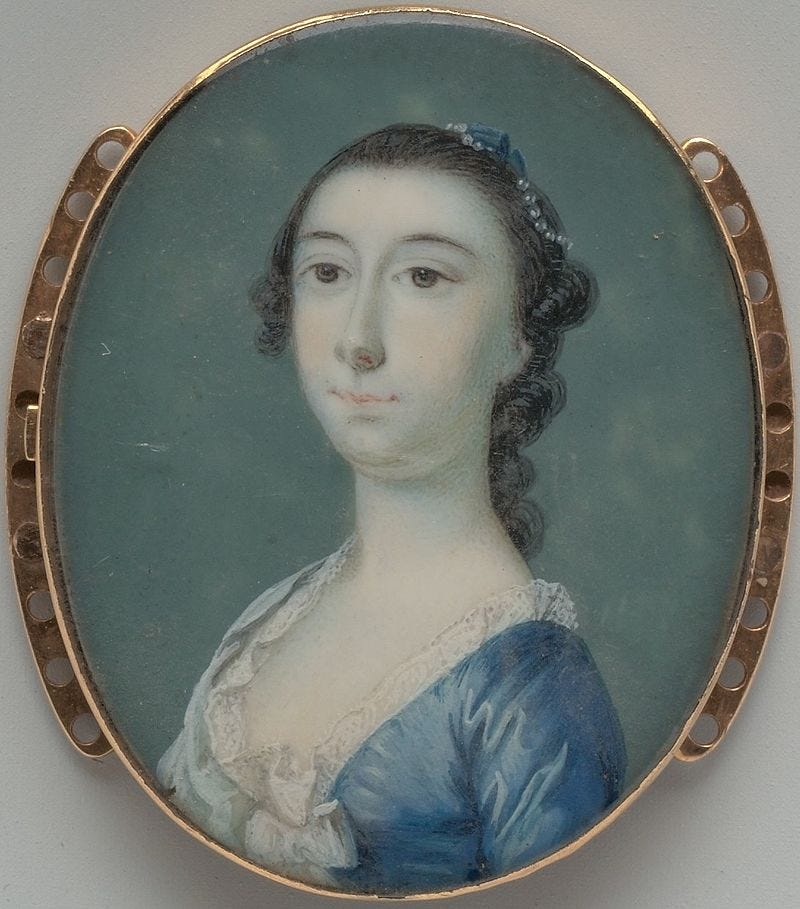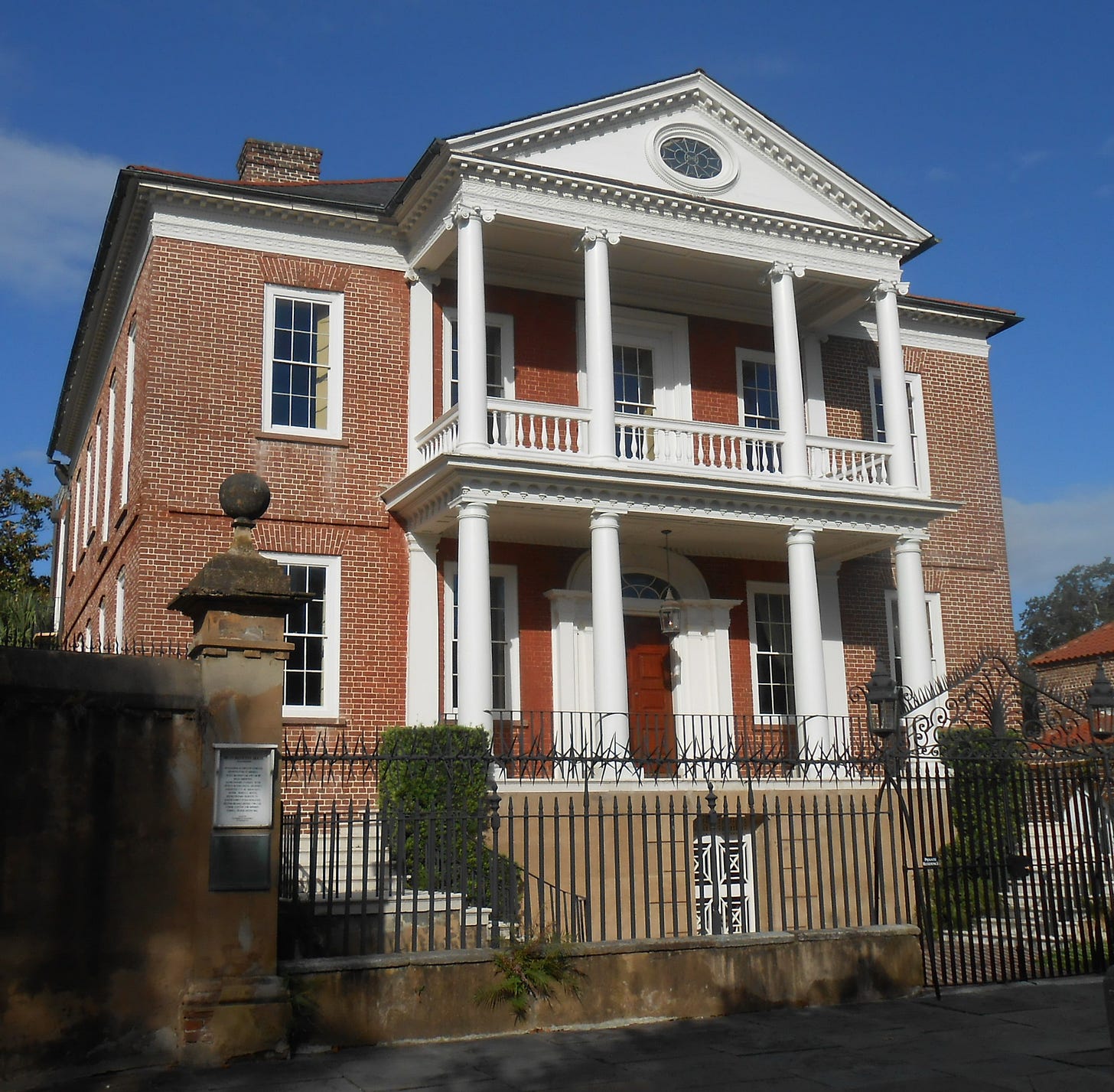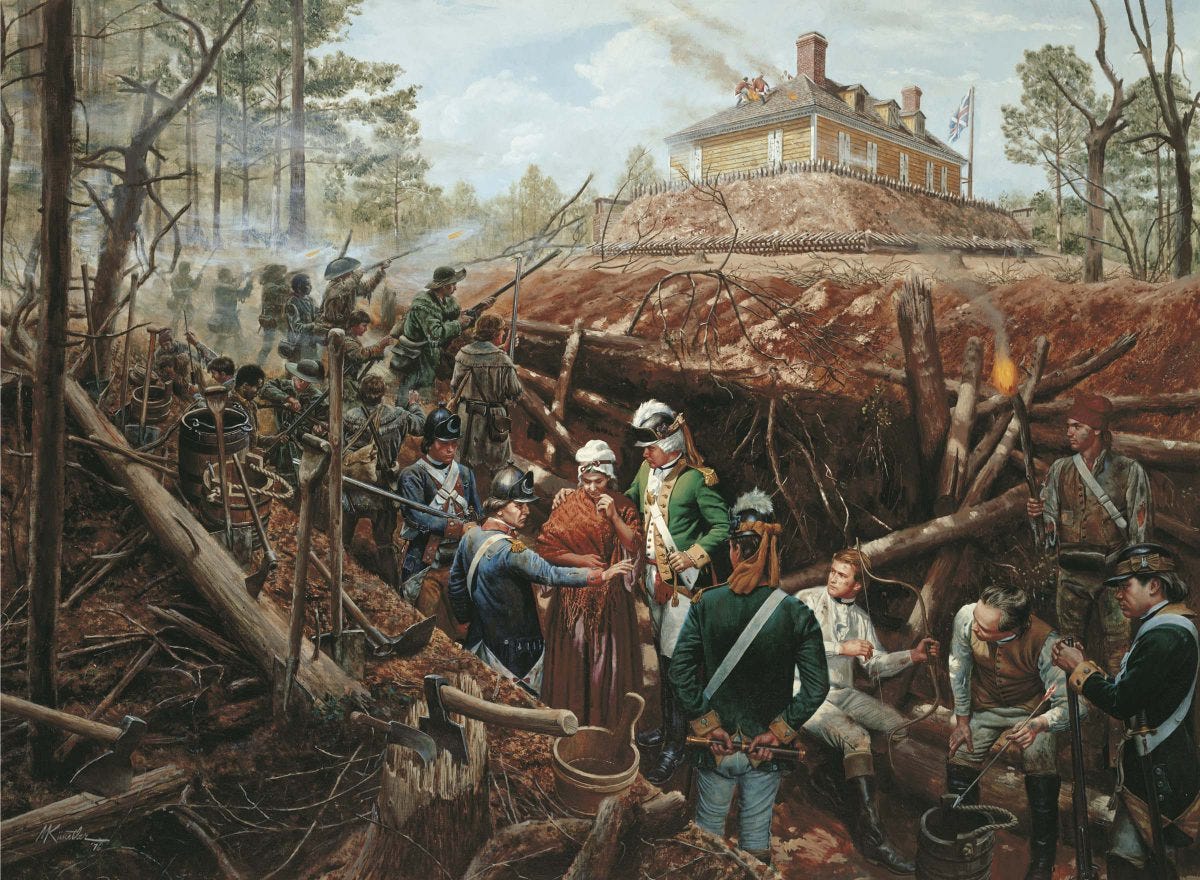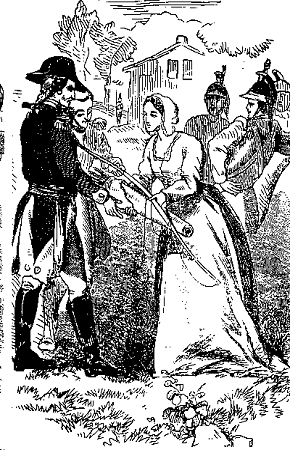#33: A lady Patriot who set her house on fire, 96 golf clubs from Scotland, and a Civil War Italian banquet
For South Carolina history lovers far and wide! Enjoy weekly SC history and upcoming SC historical events
Dear reader,
Welcome to Newsletter #33 of The South Carolina History Newsletter! I’m so happy you’re here.
Welcome “trixie.in.dixie” “pcapano “melodytallentsimmons” “ajclipclop” “jschimiz1” “dkbamboo” “ananse.nancy” “nfd5” “dkeisler” “genebowker” “lauraddoty” to our SC History Newsletter community! Woohoo!
I hope you enjoy today’s newsletter, and as always, please feel free to reply to this email with your ideas and suggestions on South Carolina history you’d like to learn more about. I’m only a click away.
Additionally, please join us & keep the conversation going by becoming a member of our SC History Newsletter Facebook Community here! I can’t wait to meet you.
And now, let’s learn some South Carolina history!
Yours truly,
Kate
(Writing from Greenville, SC)
➳ Featured SC History Event
Please enjoy our featured SC History Event below, and click here to visit my SC History Events Calendar that organizes all the upcoming SC history events I have discovered. Please let me know if you’d like to add an event to the calendar! Reply to this email or send me a note at schistorynewsletter@gmail.com.
Monday, May 13th from 6:00 - 8:00 pm | “Fort Sumter Civil War Round Table Italian Banquet” | Coward Hall, The Citadel | Charleston, SC | TICKETS: $40
“Come join us for an evening of delicious Italian cuisine and lively Civil War conversation in the REGIMENTAL COMMANDER’S RIVERVIEW ROOM in Coward Hall, The Citadel. The Fort Sumter Round Table is hosting this coat-and-tie event to bring together history buffs and food lovers alike. Enjoy a feast fit for a general while hearing from Michael Laramie, our 2024 book award winner and author of Gunboats, Muskets, and Torpedoes: Coastal South Carolina, 1861-1865. This promises to be a memorable evening filled with good food, good company, and unique door prizes.”
➳ SC History Fun Facts
I.
Did you know that the New World’s first contact with golf happened in 1743, when a shipment of 96 golf clubs and 432 golf balls from the port of Leith, Scotland arrived in Charleston?
While we don’t know who the original shipment of golf equipment was for, there was clearly a keen community of Scottish settlers who were eager to continue playing their favorite pastime in the New World. The first organized golf in the United States is believed to have been played on “Harleston Green, a rural, marsh front pastureland near the intersection of Pitt and Bull Streets” which is in the lower righthand corner of the illustration below.
When we imagine golf today, we think of green, manicured lawns. Early Scottish golf courses were much more “natural” than what we experience today. The Preservation Society of Charleston explains that:
“Golf historians suggest that the early game was played without a set number of holes, no greens, and no designated teeing areas. Players used clubs to move a ball across the field and into a crudely dug hole in the ground. Because the holes were not clearly marked, golfers sent “finders,” forerunners of today’s caddies, to stand by the hole and alert others of the approaching shot by yelling “fore.” After completion of a hole, a player would tee off at a distance of two club-lengths away from that hole. Equipment included a ball, or “feathery,” made of leather and stuffed with feathers while clubs consisted of a “play club,” a series of “woods,” and a utility iron for tight spots.”
Back in Scotland, the first golf club in the world, The Royal and Ancient Golf Club, was founded in St. Andrews in 1754. The golf craze was continuing to spread as Golf Historian Charles Price wrote that “Charleston merchant Andrew Johnston also brought back clubs and balls from a 1759 trip to Scotland.” Soon, a group of Scottish merchants in Charleston created the “Charlestown Golfing Society.” In 1786, more Scottish merchants founded the The South Carolina Golf Club, where the club members began to play a version of the game that is closer to the modern golf enjoyed today.
The original site of the first golf game in America mentioned above, Harleston Green, had a club house by 1795. Shortly after, that area of Charleston experienced a “residential building boom and references to the course and Green ceased.”
Golf gained popularity again in South Carolina in the early twentieth century, and a number of clubs and courses were created. In 1901, The Country Club of Charleston was founded in 1901 on James Island and Yeamans Hall Club opened in 1924, about twelve miles outside the city in Goose Creek. Renowned golf course architect Seth Raynor was responsible for designing both the Country Club and Yeamans Hall greens. Raynor’s golf courses were noted for their use of “strategy and design” found on holes from famous Scottish golf courses.
South Carolina golf courses are also known for incorporating and paying homage to local history in and around the course properties. Course architect Ron Garl, who designed the Links at Stono Ferry, paid close attention to the history and heritage of the site in the planning stages. Stono Ferry proudly notes the Revolutionary history near their club, which includes the Battle of Stono that took place in 1779.
Golf continued to gain popularity in South Carolina and beyond after World War II as young suburban families sought out challenging but leisurely outdoor activities. By the 1970s, “developers from Myrtle Beach to Hilton Head were designing exclusive residential communities with golf courses as the crown jewel amenity.” The Ocean Course at Kiawah is a regular stop on national tournament circuits, including the Ryder Cup in 1991 and the 2012 PGA Championship. The challenging course is ranked as one of the “toughest in the United States.”
Famous South Carolina golfers include:
Dustin Johnson — Raised in Columbia, SC — 2016 U.S. Open Champion and 2020 Masters Champion
Jay Haas — Lives in Greenville, SC — PGA and Champions Tour veteran
Althea Gibson — Raised in Silver, South Carolina — Tennis legend Althea Gibson became the first black golfer in the Ladies Professional Golf Association (LPGA)
Dottie Pepper — Went to college at Furman where she was named All-American three times — Won the Chevron Championship in 1992 and 1999
Lucas Glover — Raised in Greenville, SC — Won the 2009 US Open
Kevin Kisner — From Aiken, SC — Won the 2021 Wyndham Championship
Today, South Carolina remains one of the leading golfing states in the country, where locals and visitors alike can play on more than 350 golf courses. While North Carolina is often called “First in Flight,” South Carolina likes to be known for “First in Golf.”
II.
Did you know that a lady Patriot named Rebecca Brewton Motte (almost) sacrificed her own home for the Revolutionary cause?
Rebecca Brewton Motte (1737-1815) was a plantation owner and supporter of the patriot cause in the American Revolution. She grew up along the Santee River in South Carolina with her brother Miles Brewton, a leading Charleston merchant.
Miles would come South Carolina’s “largest slave trader and one of the wealthiest men in the province.” He built a “lavish townhouse” on Kings Street in Charleston in 1765, which is known today as the Miles Brewton House.
By the time of the Revolutionary War, Miles owned numerous plantations, which grew rice and indigo. Alas, Miles and his family met a tragic end when they were “lost at sea” while traveling by boat to Philadelphia, where Miles was to serve in the Second Continental Congress. Rebecca and her sister Frances inherited their brother’s Charleston townhouse, plantations, and 244 slaves.
At age 21, Rebecca married Jacob Motte, an affluent planter and politician, also from Charleston. The Motte family supported the patriot cause and supplied troops “with rice, beef, pork, corn, and fodder from 1778-1783." Rebecca and Jacob had 7 children, but only 3 survived to adulthood, and sadly, Jacob was struck by illness and died in 1780.
As the Revolution wore on, Rebecca continued to stay involved in the cause. During the defense of Charleston, Rebecca “dispatched all able slaves from her Congaree plantation to Charleston to help construct the defenses of the city.”
At one point in this period, Rebecca and her children were living at the family’s Charleston townhouse, formerly owned by her brother. When the British captured Charleston, they set their sights on using the townhouse as headquarters for British Lieutenant Colonels Banastre Tarleton and Nisbet Balfour “with a company of thirty soldiers.” Rebecca and her family were removed from their townhouse, and swiftly relocated to their family plantation, Buckhead.
Buckhead had a prime location “atop high ground” on a strategic road to McCord’s Ferry. The British once again set their sights on Rebecca’s property when in the spring of 1781, British Lt. Donald McPherson arrived at the plantation and “banished Rebecca and her family to one of the plantation’s outbuildings.” The British converted Rebecca’s three-story house into a veritable fortress, surrounding it with a “wooden palisade reinforced with a rampart and supported by blockhouses manned by a garrison of 165 men.” It became known as Fort Motte.
On May 8th 1781, patriots Henry “Light-Horse Harry” Lee and Brigadier General Francis Marion arrived to lay siege to Fort Motte and defeat the British. Rebecca offered her temporary home as headquarters for the cause. As the patriots made their battle plans, Rebecca bravely offered Lee her own bow, which he used on May 12th to begin the attack and set fire to her home. (Note in the painting below, Rebecca in the center, the bow in the lower right corner, and the roof of the main house on fire!)
Once the main house was ablaze, the patriots opened “an artillery barrage,” which compelled the British to surrender. Thankfully, the fire was able to be contained and the house was saved. Rebecca and her children were able to move back into the house after the British were defeated.
After the war, Rebecca’s estate was encumbered with debt, but she succeeded over the years in rebuilding the family fortune. Her 3 daughters married well and Rebecca would enjoy numerous grandchildren who would play in the very rooms the British occupied at “Fort Motte.” Rebecca passed away in January 1815 and now rests in the St. Philips Church cemetery in Charleston.
➳ Quote from an SC historical figure
I.
“Too much has been made of a thing that any American woman would have done.”
— Rebecca Motte, remarking on the attention she had received for her patriotic efforts during the Revolution
Sources used in today’s newsletter:
Fore-front of History: Golfing in the Lowcountry Past and Present
“…make no Doubt we shall carry this post…”: The History and Archaeology of Fort Motte
I always want to improve my work. Answer the poll below to give me your review of today’s newsletter. I also welcome your suggestions for new content! Simply reply to this email with your ideas. Thank you!



